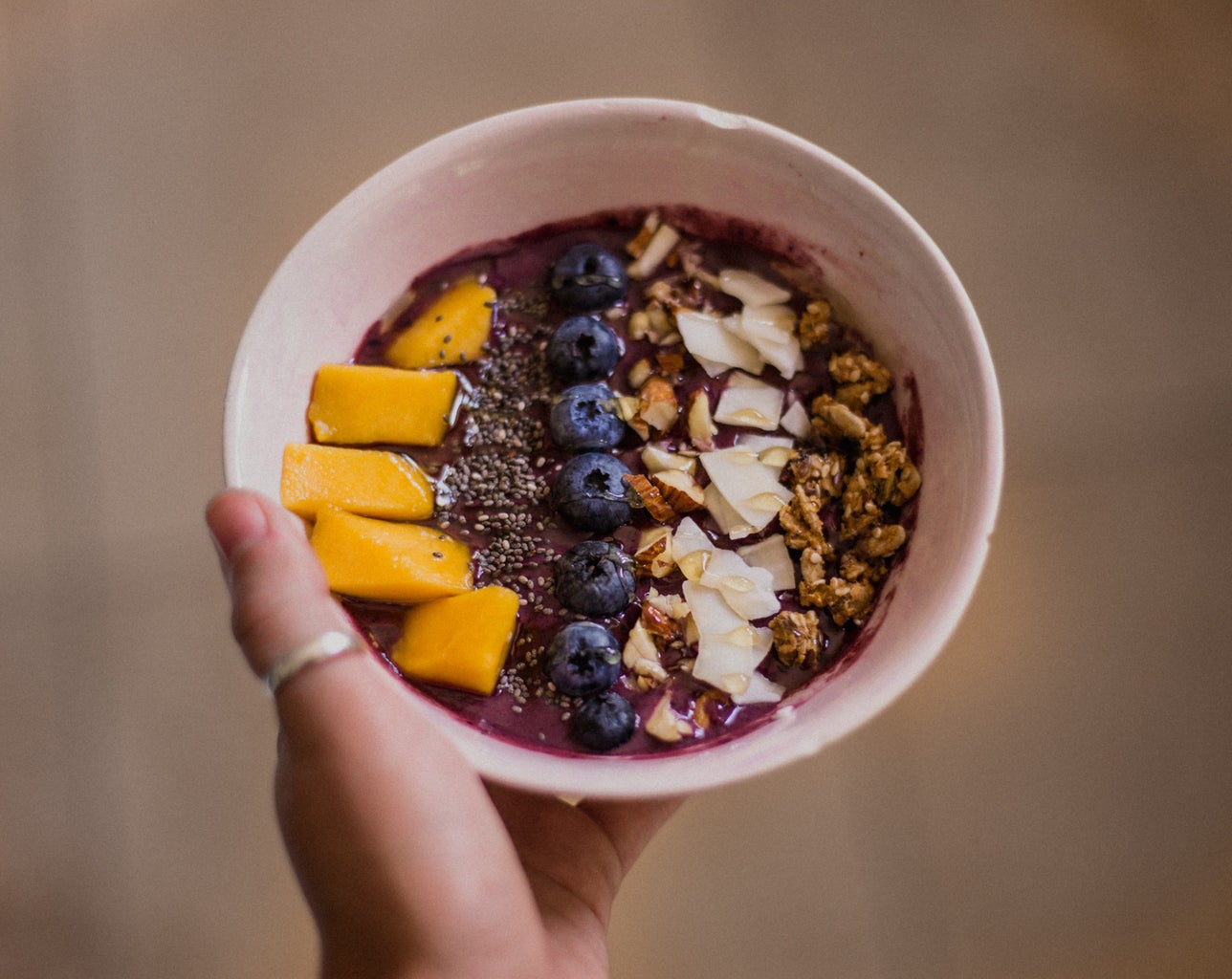Growing up in both the United States and the Philippines, I’ve always noticed the vast difference in cultures. From the opposite lifestyles – people in the United States have a more fast-paced approach in comparison to the Philippines – to the distant locations, there isn’t a lot they have in common. But one thing is certain, just as the U.S. has a diverse melting pot of people, different regions to visit, and new foods to explore, the Philippines has just as much to offer.
To help you get to know my home country, I’ve compiled a list of five things I love about it.
- “Ber” Months
-
In the Philippines, “ber” months refer to the months from September to December. During this time, Filipinos celebrate the Christmas season from the start of September until Three Kings Day in January.
The ber months are filled with lots of festivities and decorations, such as parols (lanterns), caroling, and lots of delicious food only available during this season. The streets and buildings are decked out in holiday lights and trinkets that look super lively at night, while families gather to celebrate the end of the year in December.
- Fruits
-
As a person who loves fruit, I can assure you that the Philippines has the best of the crop. It’s home to the “carabao” mangoes, which are just the sweetest.
Aside from that, we have a variety of different fruits, including yellow watermelon, rambutan, longan, jackfruit, coconuts (they’re everywhere), mangosteen, custard apples and so much more.
The fruits in the Philippines range from your classic tropical fruits to strawberries grown in Baguio, where they thrive in the cooler climate. The best part is that a lot of fruit can be found growing in people’s own backyards or sold affordably in the markets.
- Cuisine
-
The unofficial native dish in the Philippines is adobo, not to be confused with the seasoning that Spanish people use (it’s completely different). Traditional Philippine adobo is made with either chicken or pork marinated in soy sauce, vinegar, pepper and garlic.
Other foods include siopao, introduced by Hokkien Chinese settlers during the Spanish colonization, which are steamed buns filled with popular fillings such as asado or meatball. Another popular food inspired by the Spanish are empanadas, but travel across different regions and you’ll find they each have their own versions and twists.
Another staple meal is sinigang, which is like a soup or stew made from a sour broth, traditionally made using tamarind mixed with different vegetables and a choice of protein. There’s nothing more comforting than a bowl of sinigang!
- The Beaches
-
The Philippines is home to over 7,000 islands, scattered around crystal clear water with perfect temperatures across all parts of the country. People can go to Cebu to see whale sharks and snorkel with them, go surfing in Siargao or Baler, or just relax on the white sand of Saud beach in Ilocos to avoid the tourists in Boracay.
Saving the best for last, we also can’t forget about Palawan, where you can go kayaking in clear canoes. It’s like you’re one with marine life!
- Mixed History
-
As you may have read in books, the Philippines has been colonized by multiple countries in the past and the majority of our cultural influences come from the Spanish. Even our native language, Tagalog, often has similar words and sounds to the Spanish language.
It’s not just in the language though, the physical construction of the Philippines reflects these influences too. You can visit Intramuros in Manila or Calle Crisologo in Ilocos Sur to see the Spanish-style homes built in the Philippines. If architecture’s not your thing, you can also visit Binondo, which is the world’s oldest Chinatown and has different restaurants close to one another.
The Philippines, while not one of the major countries in the world, is rich in landscape, food, culture, and amazing people. If you ever get the chance to visit, you have to go.
I hope this guide helps you navigate your future travels to my beautiful country!
Want to keep up with HCBU? Make sure to like us on Facebook, follow us on Instagram, check out our Pinterest board, watch us on TikTok, and read our latest Tweets!





